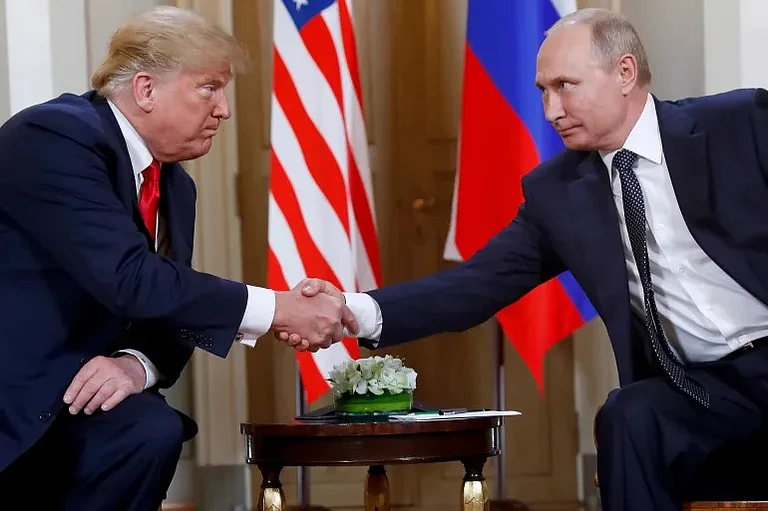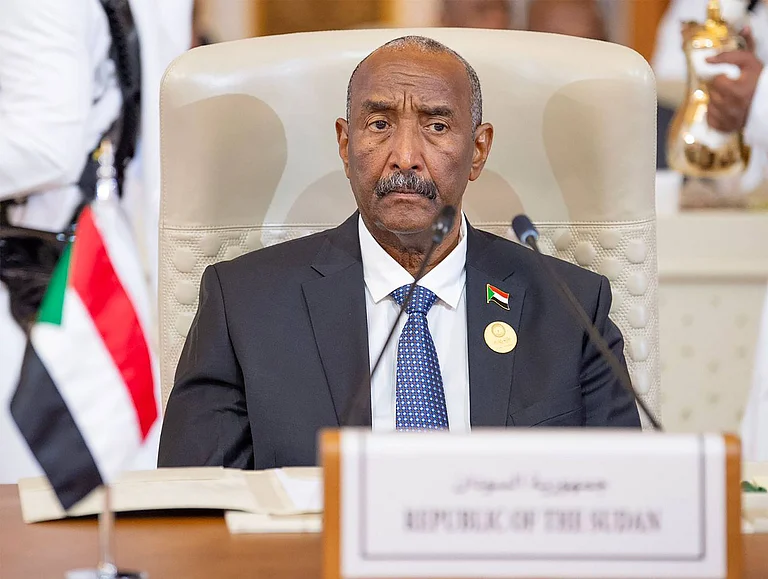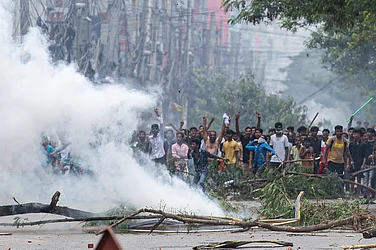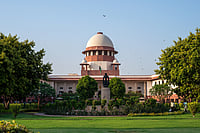
Kushner’s Gaza plan treats the territory as a real estate and logistics hub, not an inhabited city.
The proposal assumes mass emigration and replaces residents with investors in visualisations.
PTI reports the plan includes $100bn+ investments, urban redesign, and tokenised property rights.
From the start of Donald Trump’s presidency, his son-in-law Jared Kushner established business relationships with prominent Saudi and Qatari entrepreneurs, PTI reported. These financiers had supported one of Kushner’s Manhattan real estate companies, helping it avoid bankruptcy, and later backed the business he launched after leaving the administration.
Although Kushner no longer represents the American government, his diplomatic engagement alongside US special envoy and real estate investor Steve Witkoff remains purely unofficial, PTI reported. He is not accountable for potential conflicts of interest connected to his business dealings.
This intertwining of business and diplomacy lies at the heart of the Gaza project. PTI reported that Kushner had long identified Gaza’s coastline as a lucrative real estate opportunity, contingent on relocating its inhabitants, for example, to the Negev desert.
In August 2025, Trump convened Kushner, Witkoff, and former UK Prime Minister Tony Blair at the White House to discuss the proposal. Analysts suggest the Gaza Humanitarian Foundation, headed by evangelical ally Johnnie Moore, developed the plan, which was subsequently published by the Washington Post.
Presented across approximately 40 slides, the document emphasises figures but is poor in images, PTI reported. While framed as a technical exercise, it largely ignores the humanitarian crisis in Gaza and focuses on financial feasibility and reconstruction profitability, drawing on models like Dubai.
The plan treats Gaza not as a city or territory with a resident population but as a logistical hub linking Israel, Saudi Arabia, and the Mediterranean. According to PTI, it assumes a strategic Saudi-Israeli alignment facilitating the transport of oil and rare earth minerals from Saudi Arabia and the Indian Ocean to the Mediterranean, bypassing the Suez Canal.
Residents of Gaza are largely erased from the narrative. PTI reported that the plan portrays two million people as a demographic obstacle or Iranian proxy. Hamas is mentioned only as a criminal organisation, with no political context. The proposal anticipates that at least a quarter of Gaza’s population would emigrate, valuing each departure at a “gain” of $23,000. Compensation for property is based on its current value, while new housing would be priced at Tel Aviv rates, unaffordable for most residents. AI-generated visualisations depict investors in traditional Gulf attire arriving in luxury vehicles, with no depiction of Gaza’s inhabitants.
PTI reported that Gaza’s physical destruction is extensive: 61 million tonnes of rubble, 78% of buildings damaged or destroyed, half of hospitals out of service, and only 1.5% of land arable. Cleanup would require $18 billion, thousands of machines, and tens of thousands of months of work. Debris disposal could raise the land surface by 30 centimetres or shift the problem to the sea, offering opportunities to reshape topography and property rights. The plan proposes replacing existing land registries with tokenised property rights tradable on speculative blockchain markets.
Rather than addressing famine or the humanitarian crisis, the plan envisions a “Middle Eastern Riviera,” aiming to raise Gaza’s real estate value to $300 billion over ten years, with more than $100 billion in projected investments. Military authorities would maintain control and security, while the Gaza Humanitarian Foundation would manage one-third of the territory and acquire much of the remainder until a “reformed and deradicalised Palestinian community is ready,” PTI reported. The list of potential investors includes major Saudi and international construction groups, Tesla, Ikea, Amazon, and the Bin Laden family, though their involvement remains unconfirmed.
Urban design is central to the project. PTI reported that the plan draws parallels with Haussmann’s Paris, aiming to suppress insurrection through spatial reorganisation. Seven to eight cities of approximately 200,000 inhabitants each are proposed, defined by economic function or private actors and connected by corridors of infrastructure and surveillance. AI tools generate precise visualisations, masking the absence of human scale and empathy.
At Sciences Po’s Urban School, students asked to design the most “evil” city anticipated similar concepts: gated communities, artificial public spaces, barrier infrastructure, and total surveillance. Their exercise highlighted that the opposite of effective urban planning is not disorder but control, eliminating diversity, community, and proximity.
PTI reported that the Gaza plan exemplifies a broader trend in contemporary urbanisation: isolating, fencing, and commodifying resources; destroying nature; restricting mobility; imposing surveillance; and prioritising capital over social life. Similar principles are observed in Gulf and Asian developments, where private, monitored spaces dominate, and necrocity is embedded in urban planning.
Tacitus’ observation applies: “They create a desert and they call it peace,” PTI reported. Analysts suggested that the US may view Gaza as a model: destruction followed by controlled reconstruction. Trump and Pete Hegseth reportedly told 800 generals at Quantico that future battle zones could be domestic cities, signalling a domestic application of these principles.
(With inputs from PTI)


























